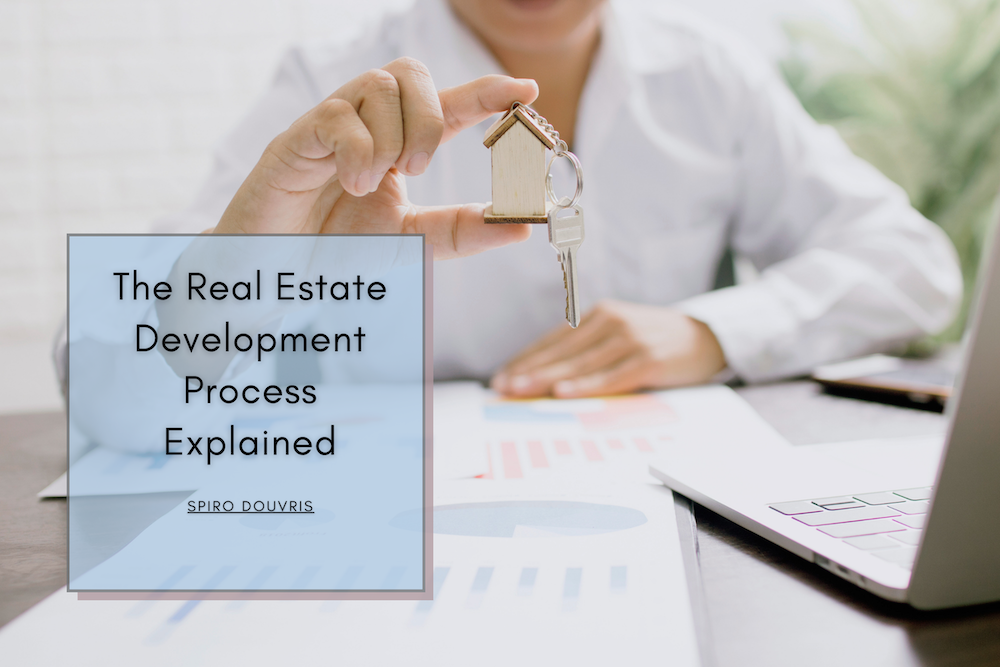Real estate development transforms raw land or existing properties into more valuable assets by improving, constructing, or renovating them for commercial, residential, or mixed-use purposes. It involves a multi-step process that begins with land acquisition and ends with the completion of the project. Here’s a breakdown of the real estate development process.
- Land Acquisition: The first step in real estate development is to identify a suitable piece of land that meets the developer’s requirements. This could involve researching market trends, identifying demand for specific properties, and evaluating the zoning laws and other regulations that could affect the project.
- Feasibility Study: Once the developer has identified a potential site, they conduct a feasibility study to determine whether the project is viable. This study examines the site’s physical, environmental, legal, and financial factors to determine whether the project is feasible and profitable.
- Design & Planning: The developer will move to the design and planning stage after determining feasibility. This involves working with architects, engineers, and other professionals to create a detailed plan for the project, including site layout, building design, and construction materials.
- Financing: With the design and planning in place, the developer will seek funding for the project. This could involve obtaining a loan, securing investors, or seeking grants or tax incentives.
- Permits and Approvals: Before construction can begin, the developer must obtain all the necessary licenses and approvals from local authorities. This could involve zoning approvals, building permits, environmental permits, and other regulatory approvals.
- Construction: With permits and financing in place, construction can finally begin. This could involve clearing the land, laying the foundation, building the structure, and installing utilities and other infrastructure.
- Marketing and Sales: Once construction is complete, the developer will begin marketing the property and seeking buyers or renters. This could involve advertising the property, holding open houses, and negotiating sales or rental agreements.
- Management and Maintenance: After the property is sold or rented, the developer may continue to manage and maintain the property, collecting rent or fees and ensuring that the property remains in good condition.
In conclusion, real estate development is a complex process that requires careful planning, financing, and execution. It involves a range of professionals and requires significant time and resources. However, real estate development can be a lucrative and rewarding business for those willing to put in the effort.

